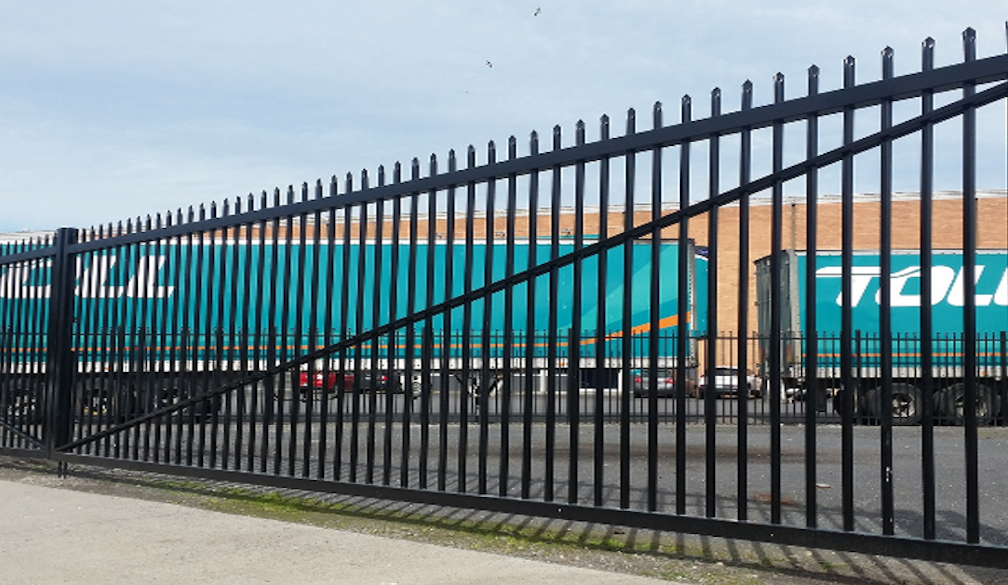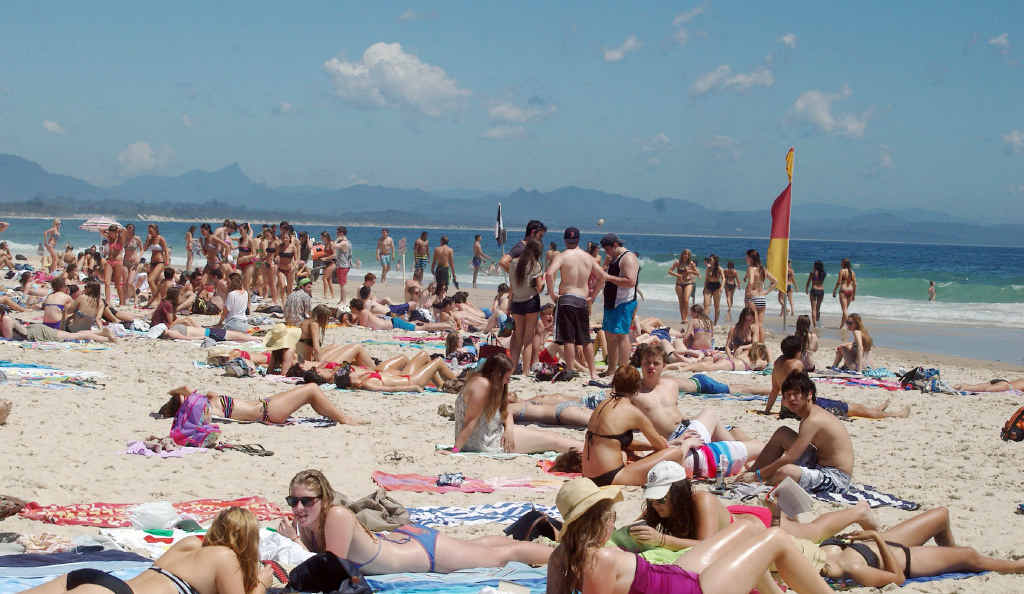From a red tide in 2020 to blood on the floor in 2023 – NZ slams the door on Labour
- Written by Richard Shaw, Professor of Politics, Massey University
Close, but so far no “baubles of office[1]” for Winston Peters and NZ First. “We have done the impossible,” he told supporters on election night. But as the old saying goes, politics is the art of the possible.
For the past two weeks, as the polls showed NZ First climbing towards and then past the 5% threshold for securing seats in parliament, all the talk was about how Peters – the great survivor of New Zealand politics – might exercise the balance of power.
In the event, many things now hang in the balance. New Zealanders will have to wait until the variables and peculiarities of the MMP electoral system[2] shake down once special votes are included in the final results.
But there’s no denying the laurels on the night went to Christopher Luxon’s National Party. It outperformed recent polling to secure 38.9% of the vote and 50 seats in the new parliament. All that, plus an All Blacks victory[3] the next morning too.
The ACT Party will reflect on a night which, if not quite as good as earlier polling might have delivered, still resulted in 8.9% of the vote and 11 seats.
For Chris Hipkins and the Labour Party, however, it was a terrible evening. Labour’s 26.9% of the vote is barely half what it achieved just three years ago, and its second worst performance since 1969.
Labour lost a slew of electorates – including seats such as Rongotai, Wellington Central and Mt Roskill – which have rarely not been red. The road back for Labour will be a long one, and it begins with a much-diminished caucus.
End of an era
Ironies abound in this election. Under MMP, the party vote determines the overall outcome, but the votes cast in constituencies have shaped the size of the next parliament.
The unfortunate death of an ACT candidate means NZ First’s leader may yet be kingmaker. Parties hostile to the very existence of Māori seats may have to work together because of what happened in those electorates.
Read more: It’s National on the night as New Zealand turns right: 2023 election results at a glance[4]
But beyond those minutiae, something else happened last night. Three years ago, Jacinda Ardern’s Labour Party won the largest share of the popular vote since 1951, largely on the basis of the trust voters placed in her political leadership and her government’s response to the COVID-19 pandemic.
Last night, a New Zealand that no longer wishes to be reminded of those dark times closed the door on the government that led the country through them.
Not so ‘minor’ parties
Behind the raw numbers lies another story. The combined two-party vote for National and Labour was just 65.9%, the lowest since 2002. It may soon be time to retire the “minor” shorthand used to refer to the other parties now embedded in the political landscape.
The Greens have real cause for celebration, adding four seats to the ten they secured in 2020. The party held the key urban seat of Auckland Central and also picked up Wellington Central, comfortably winning the party vote in that electorate too.
Te Pāti Māori’s performance in doubling the number of its parliamentary seats to four was striking: reward for confident, assertive leadership from Rawiri Waititi (the incumbent for the seat of Waiariki) and Debbie Ngarewa-Packer (the new MP for Te Tai Hauāuru).
At just 21 years of age, new Waikato-Tainui MP Hana-Rawhiti Maipi-Clarke – who toppled foreign affairs minister Nania Mahuta – becomes the youngest representative ever elected in Aotearoa New Zealand.
NZ First, on the other hand, will be feeling frustrated. Yes, it is back in parliament with eight seats, after three years on the sidelines. But Winston Peters is not (yet) in the kingmaker position most major polls were predicting just days ago.
The maths of MMP
Te Pāti Māori’s strong showing means the 54th Parliament will probably have 122 MPs, including the additional seat that will be added following the Port Waikato by-election to be held on November 25.
Crucially, this means at least 62 seats will be needed to form a government. National and ACT currently control 61. Assuming National holds Port Waikato, between them they will be able to cobble together a bare majority.
However, if either National or ACT lose seats when the official results are announced on November 3, Port Waikato would become irrelevant: if he hasn’t already done so by then, Christopher Luxon would have to pick up the phone and speak with Winston Peters.
And it’s worth pointing out National has routinely dropped seats once special votes have been counted at each of the past six elections: two in 2017 and 2020, and one in every election between 2005 and 2014.
Read more: NZ Election 2023: polls understated the right, but National-ACT may struggle for a final majority[5]
Forming the next government
It is possible, therefore, that the business of stitching together the next government will not be entirely straightforward.
That process is unusually permissive under New Zealand’s election rules. Parliament must meet within six weeks of the return of the writs (November 9), but there is no formal requirement that a government be in place at that point.
Moreover, the shape, substance and duration of the process is for the political parties to determine. The Governor-General steers clear of proceedings, and some of the arrangements that apply elsewhere – the appointment of a “formateur” to oversee the process, for instance, or the requirement that the largest party is included in the government – do not apply in New Zealand.
Read more: From 'pebble in the shoe' to future power broker – the rise and rise of te Pāti Māori[6]
It’s all a little freestyle[7], which explains why the country has had such different government formation processes and outcomes since the first MMP election in 1996.
If National and ACT maintain the number of seats they won on election night, the only barriers they face to the formation of a government are internal ones.
Negotiations will likely have been concluded by December 22, the day the Governor-General will deliver the Speech from the Throne containing the incoming government’s policy priorities.
But any slippage and all bets will be off. NZ First’s support will be required to form a government. And if Winston Peter’s chequered history with the National Party is any guide, negotiations could quickly turn difficult. But for now, NZ First – and New Zealand itself – must wait.
References
- ^ baubles of office (www.nzherald.co.nz)
- ^ MMP electoral system (elections.nz)
- ^ All Blacks victory (www.stuff.co.nz)
- ^ It’s National on the night as New Zealand turns right: 2023 election results at a glance (theconversation.com)
- ^ NZ Election 2023: polls understated the right, but National-ACT may struggle for a final majority (theconversation.com)
- ^ From 'pebble in the shoe' to future power broker – the rise and rise of te Pāti Māori (theconversation.com)
- ^ little freestyle (briefingpapers.co.nz)
Authors: Richard Shaw, Professor of Politics, Massey University










